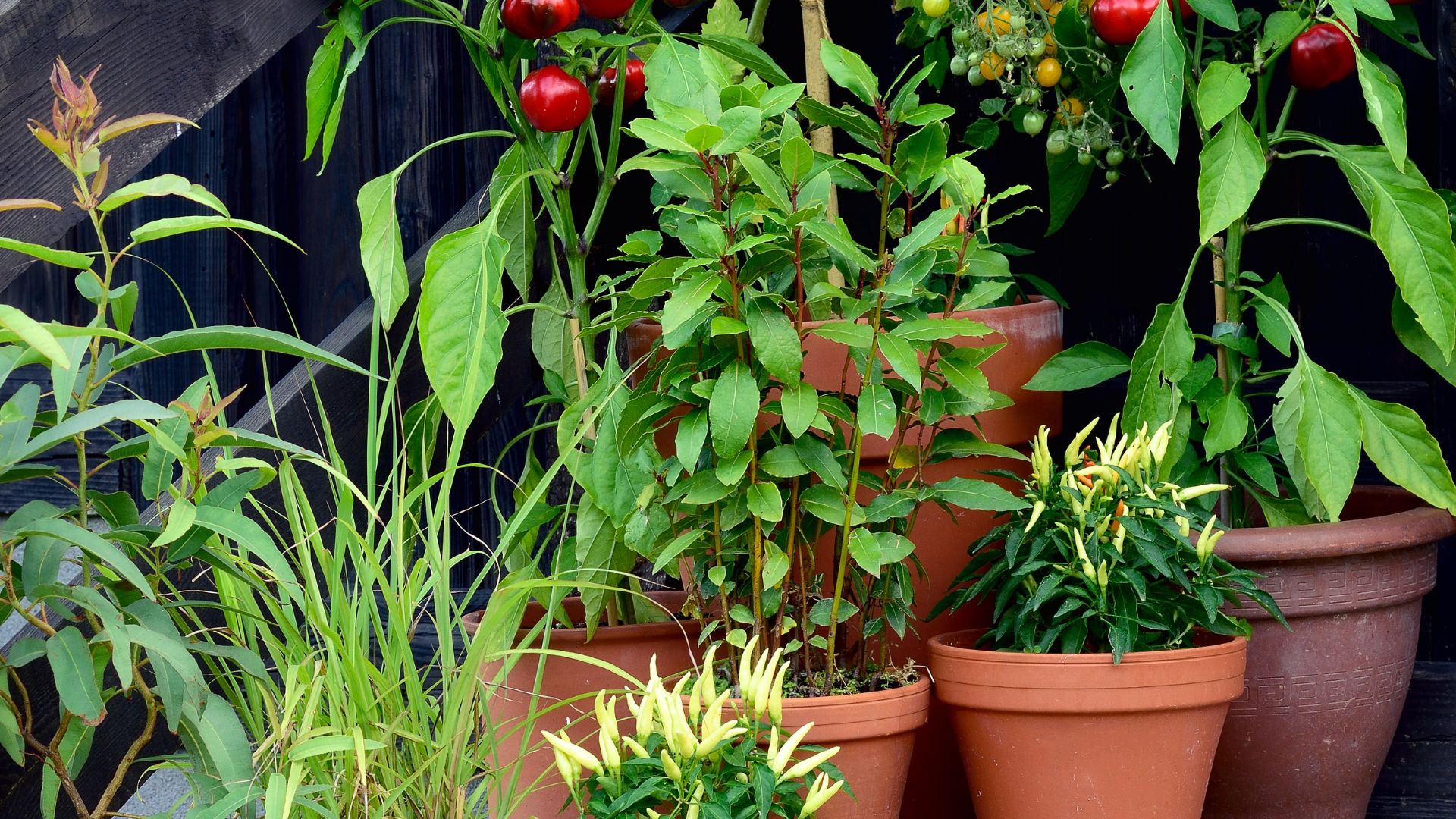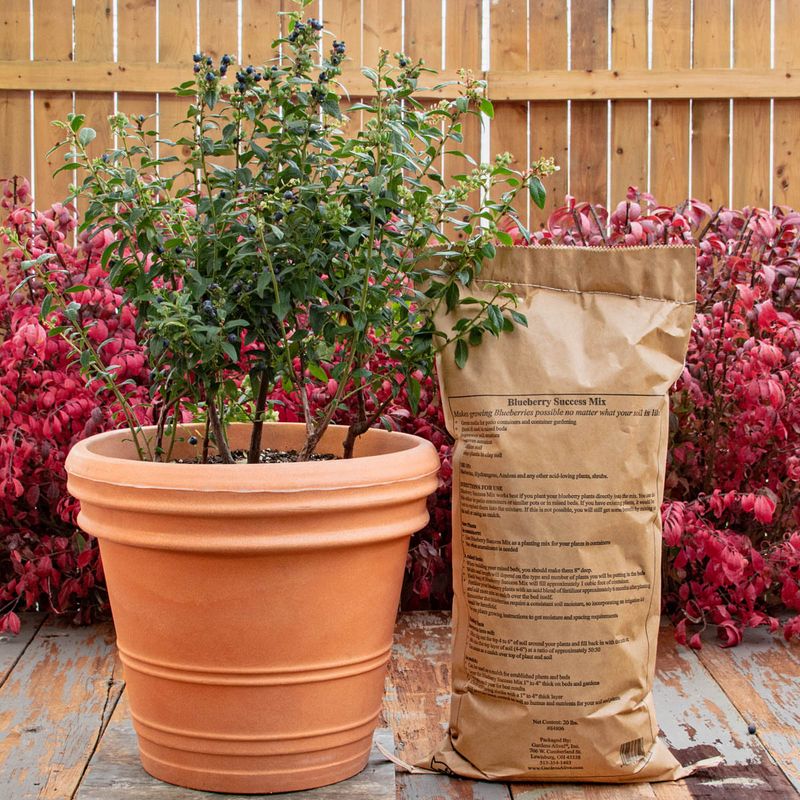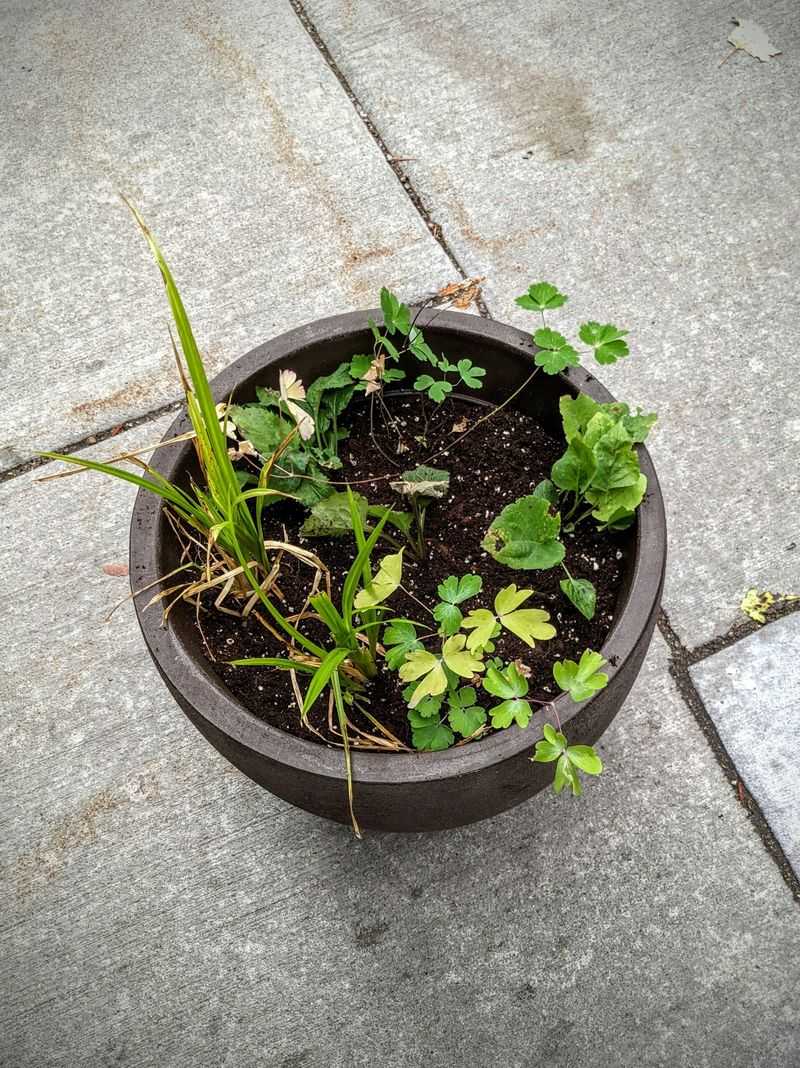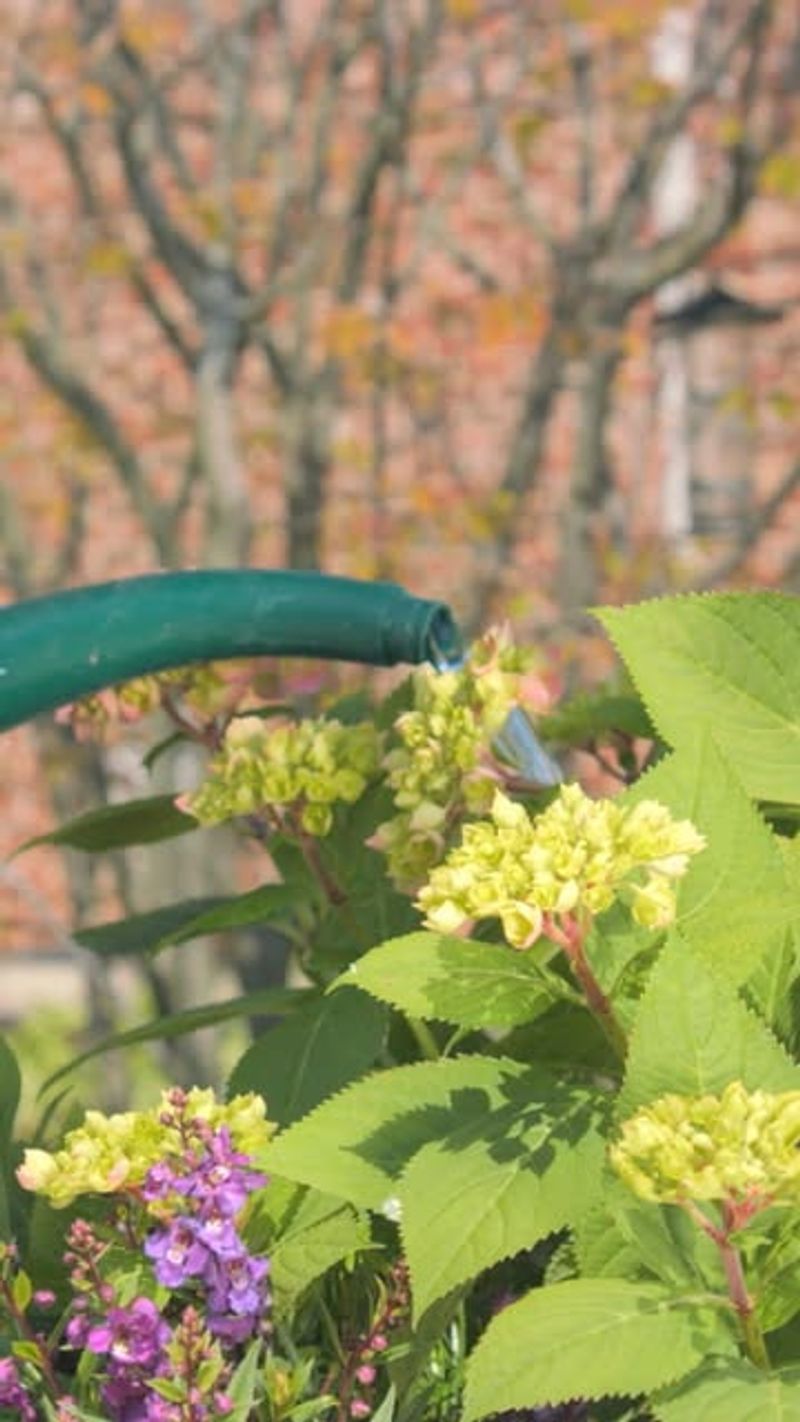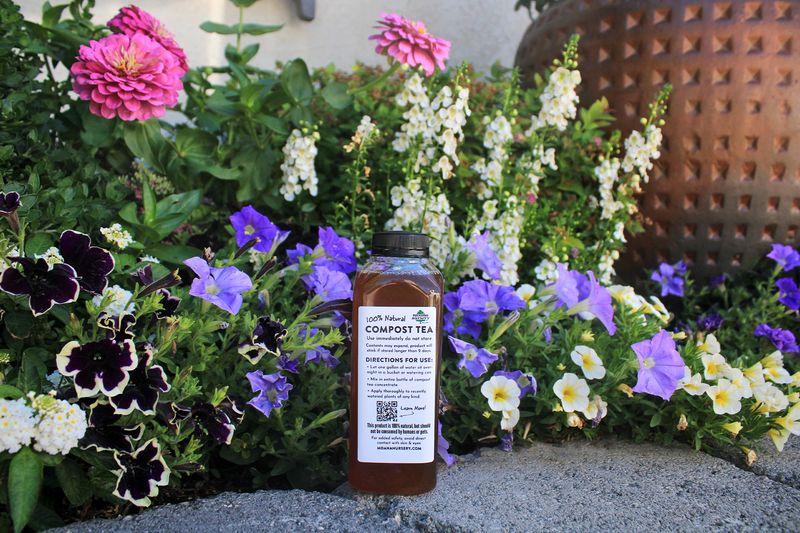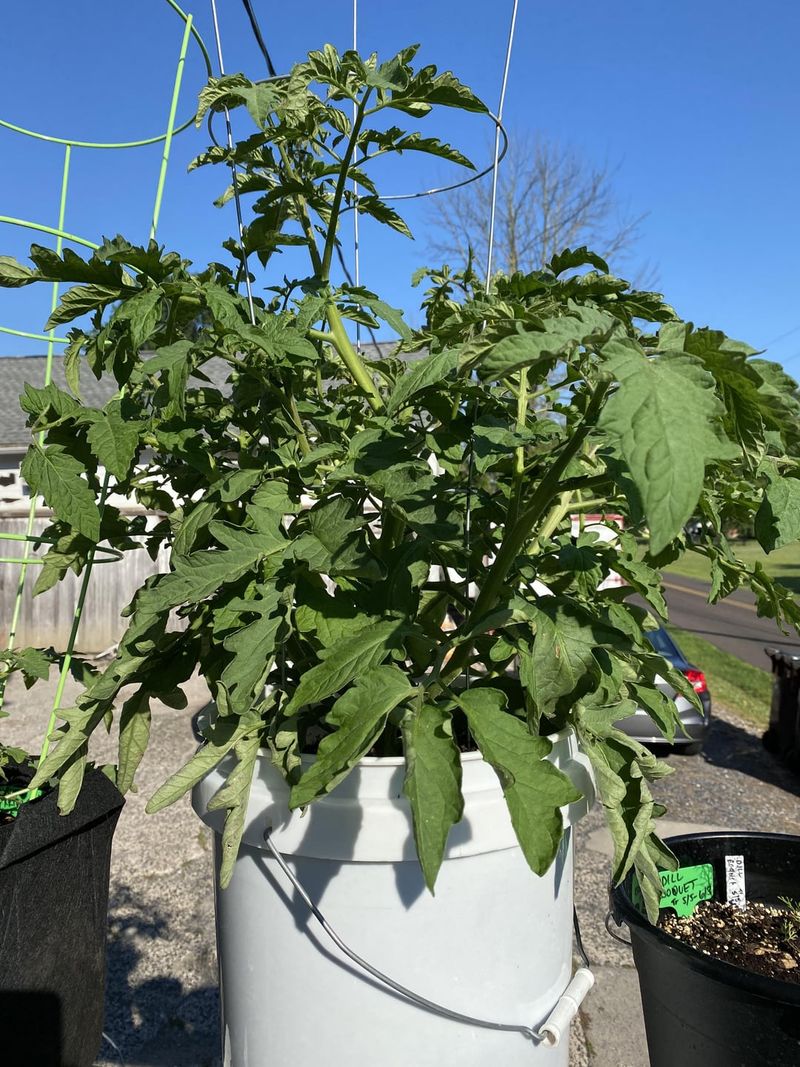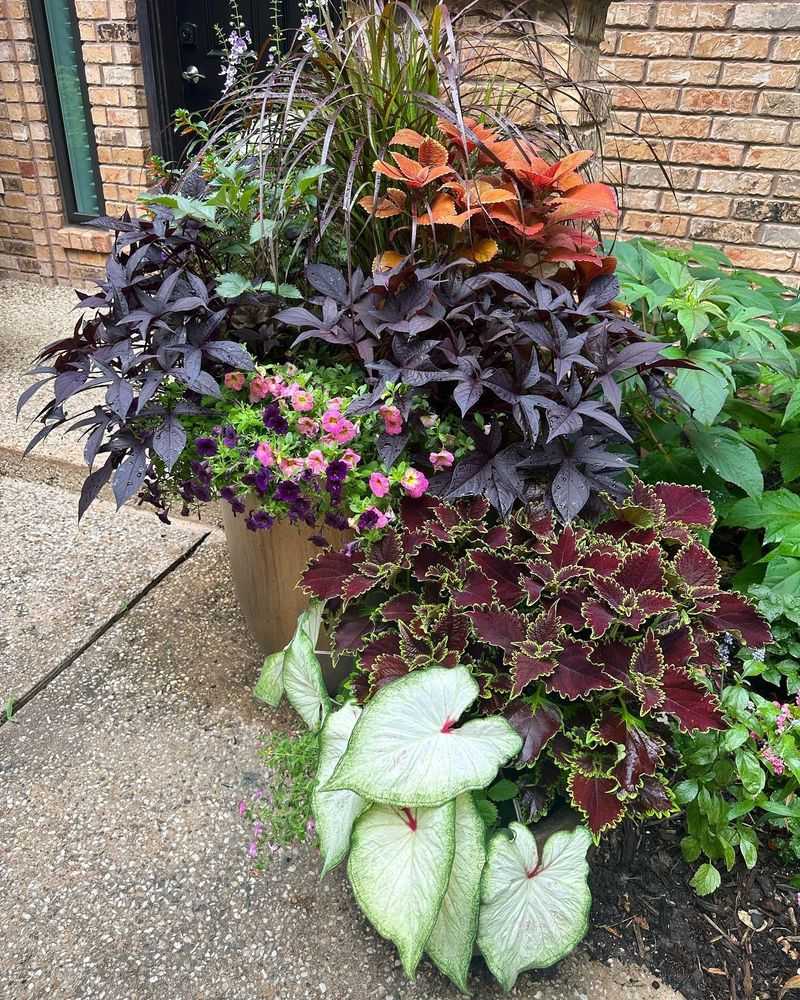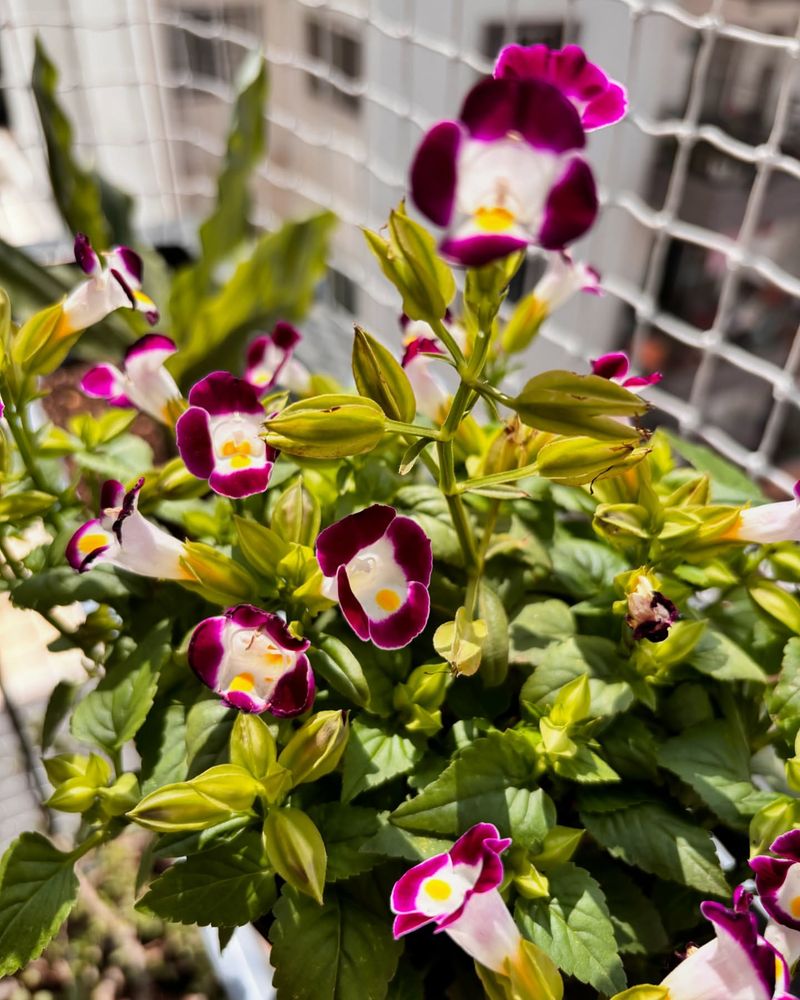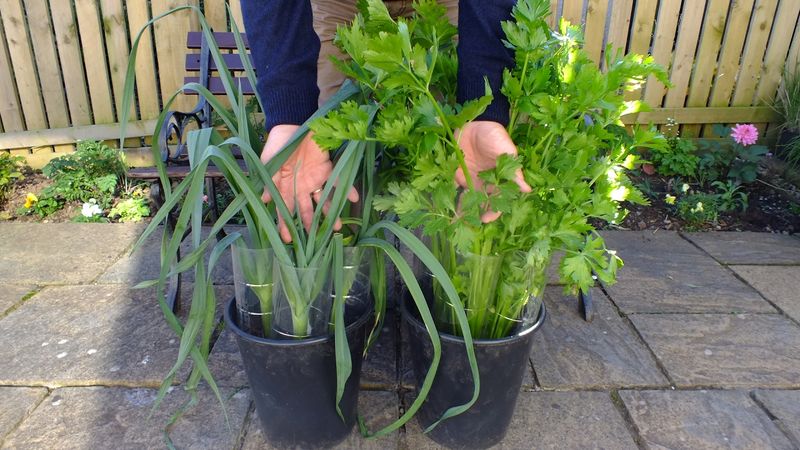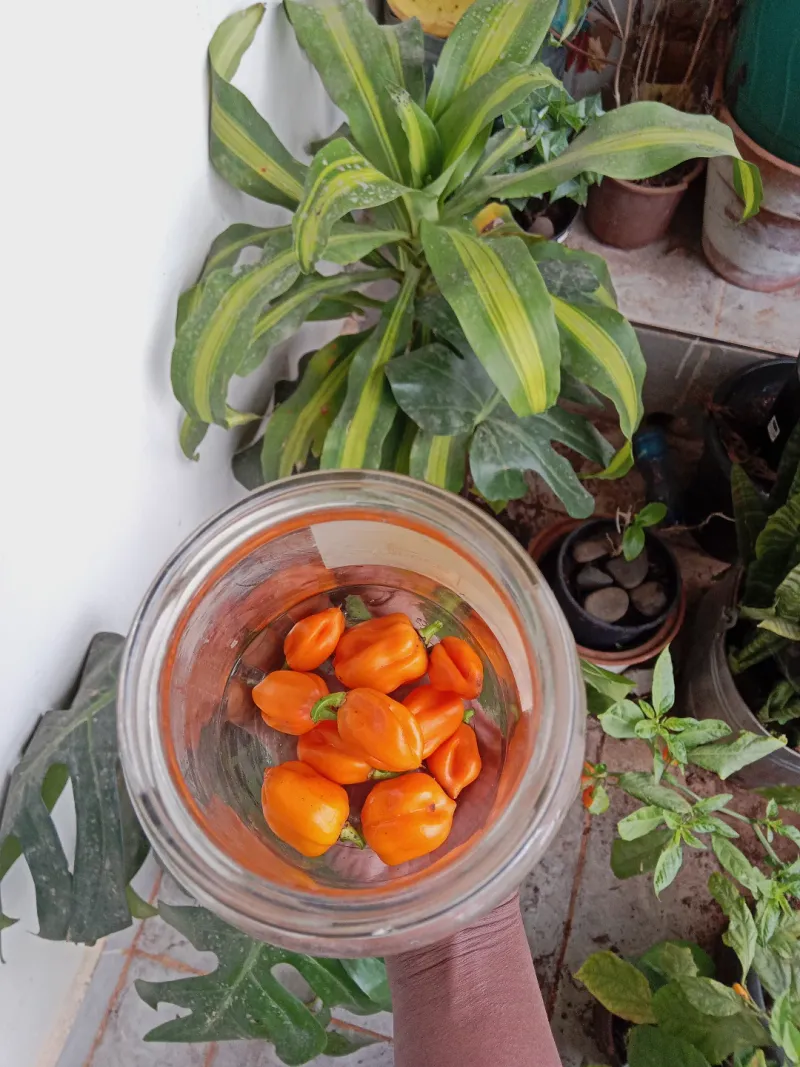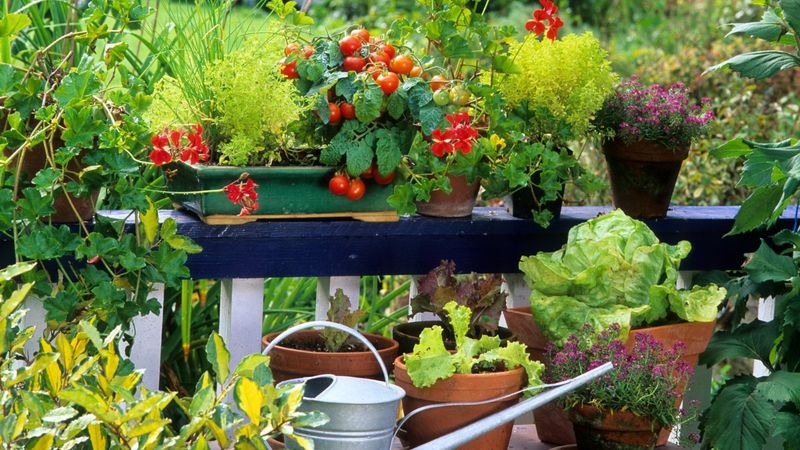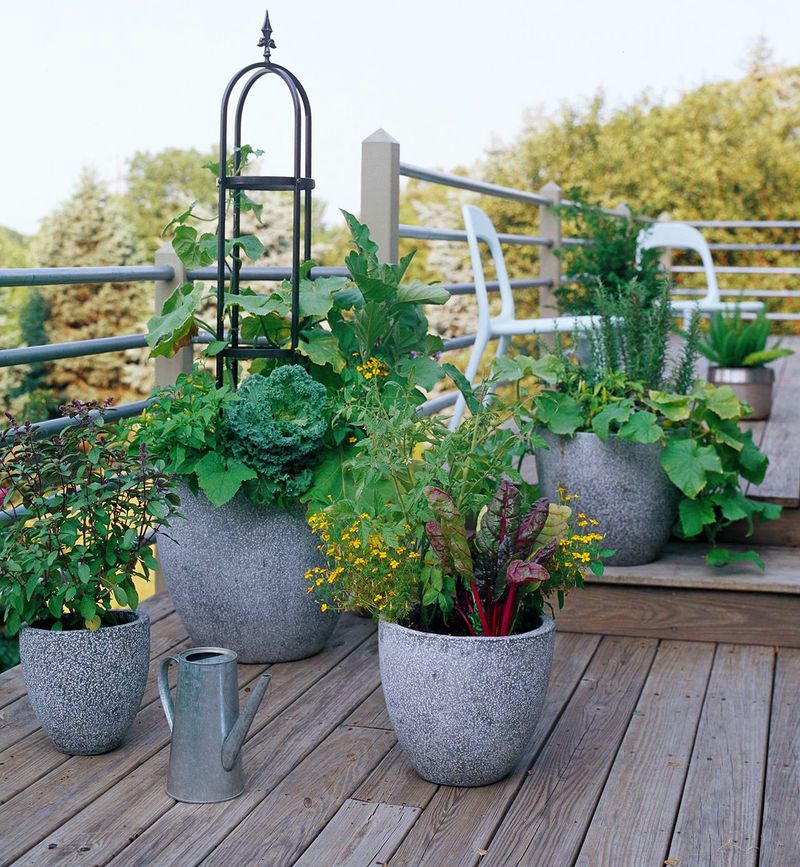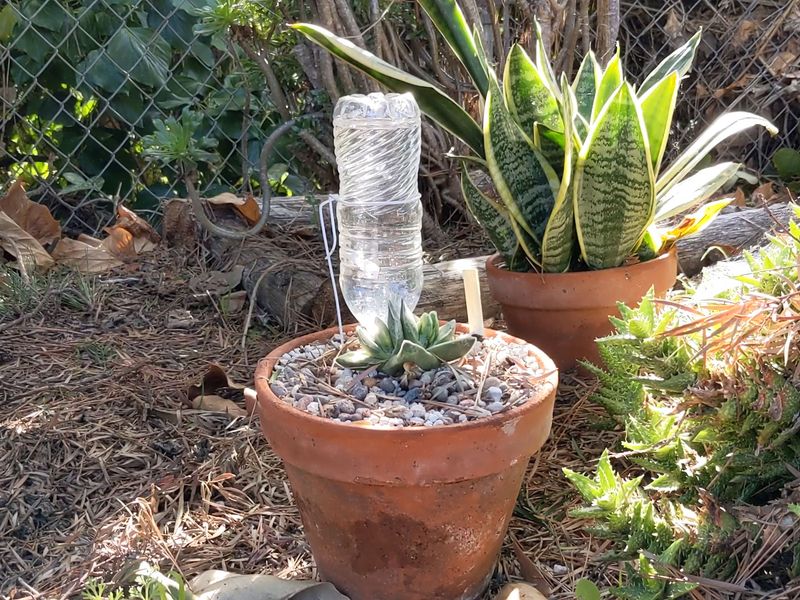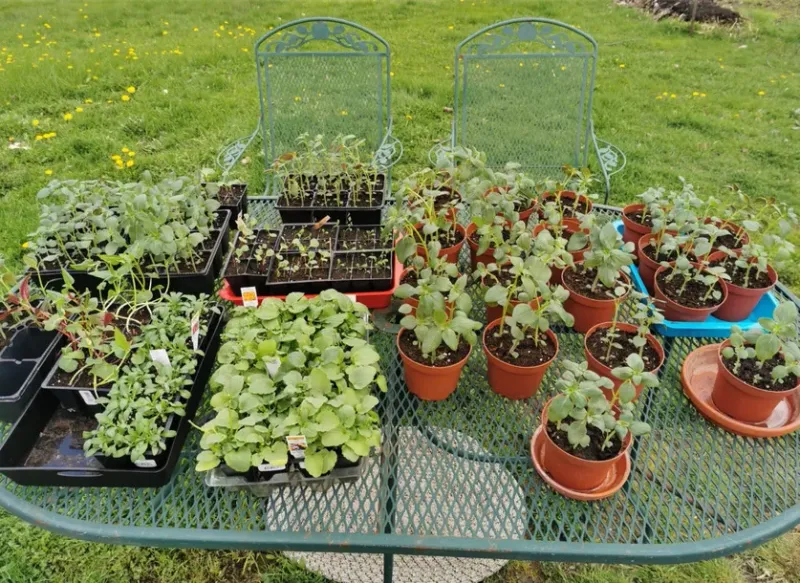Container gardening opens up a world of possibilities, no matter how small your space is. A sunny windowsill or balcony is all you need to grow herbs, flowers, or veggies. It’s the perfect way to bring greenery into your daily life—even in the city.
Starting out is simple, but there are tricks to keep things thriving. Good drainage, the right soil, and proper sunlight go a long way. And don’t forget to match your plant choice to the size of your container—it’s the secret to happy roots. I’ve picked up a few tips and learned the hard way about what not to do.
Overwatering, poor light, or crowding pots can lead to plant trouble fast. But with the right balance, your small garden can turn into a lush, productive corner of joy.
1. Pick The Right Container Size
Plants need room for their roots to spread. Small pots restrict growth and require more frequent watering, while oversized containers waste soil and can lead to waterlogging.
Match pot size to your plant’s needs – herbs might thrive in 6-inch pots, while tomatoes need at least 5-gallon containers. In my experience, going one size larger than recommended gives plants extra growing room.
Consider the mature size of your plants, not just how they look when purchased. This simple step prevents stunted growth and poor yields later in the season.
2. Ensure Proper Drainage
Water trapped at the bottom of containers quickly leads to root rot, killing even the hardiest plants. Every container needs drainage holes – no exceptions.
If your perfect decorative pot lacks holes, drill some yourself or use it as a cachepot with a plastic nursery pot inside. Place a layer of small rocks or broken pottery pieces at the bottom to improve drainage.
Raise containers slightly off the ground using pot feet, bricks, or even bottle caps. This prevents drainage holes from becoming blocked and keeps water flowing freely through the soil.
3. Use Quality Potting Mix
Garden soil is too heavy for containers and often harbors diseases. Invest in potting mix specifically formulated for container gardening instead.
Quality mixes contain perlite, vermiculite, or coconut coir that create air pockets, helping roots breathe and water drain properly. One thing I always do is squeeze a handful of mix – it should hold together when pressed but crumble easily.
Avoid mixes with synthetic fertilizers if growing edibles. For long-term plantings, look for soil with slow-release organic nutrients that feed plants gradually throughout the growing season.
4. Master Container Watering Techniques
Container plants dry out faster than garden plants, especially in hot weather. Check moisture levels daily by sticking your finger an inch into the soil – if it feels dry, it’s watering time.
Water thoroughly until liquid flows from drainage holes, ensuring the entire root ball gets moisture. Shallow watering encourages weak, surface-level roots that can’t sustain plants during heat spells.
I made this mistake early on: watering on a strict schedule rather than when plants needed it. Learn to read your plants – wilting, yellowing, or soil pulling away from pot edges are all signs of water stress.
5. Group Plants With Similar Needs
Combining plants with different water requirements in one container creates problems – either some get overwatered or others dry out. Research plant needs before planning combinations.
Think beyond water – group plants with similar light and fertilizer requirements too. Herbs like rosemary, thyme, and lavender make perfect container companions because they all prefer drier soil and full sun.
For me, what helped most was creating “water zones” on my patio – keeping thirsty plants together in one area and drought-tolerant varieties in another. This simple organization makes maintenance much easier.
6. Maximize Sunlight Exposure
Most vegetables and flowering plants need at least 6 hours of direct sunlight daily. Observe your space throughout the day to identify the sunniest spots before placing containers.
Use mobile containers to follow the sun as seasons change. Wheeled plant caddies or lightweight pots make repositioning easy when sun patterns shift from summer to fall.
Place sun-loving plants on south-facing balconies or windowsills. For east or west exposures, choose plants that tolerate partial shade like lettuce, ferns, or impatiens. North-facing spaces need shade-tolerant plants like coleus or begonias.
7. Feed Plants Regularly
Container plants deplete nutrients faster than garden plants because of frequent watering. Establish a regular feeding schedule using liquid fertilizer every 2-3 weeks during growing season.
Organic options like fish emulsion, seaweed extract, or compost tea provide balanced nutrition without chemical buildup. I wasn’t sure this would work, but diluting to half-strength and applying twice as often prevents fertilizer burn while maintaining steady growth.
Slow-release organic granules sprinkled on soil surface provide ongoing nutrition between liquid feedings. Remember to reduce fertilizer in fall and winter when plant growth naturally slows.
8. Prune For Health And Production
Regular pruning keeps container plants compact and productive. Pinch back herbs like basil and mint to encourage bushier growth and prevent legginess from limited light.
Remove dead or yellowing leaves promptly – they drain energy and can harbor diseases. For flowering plants, deadheading (removing spent blooms) redirects energy to new flower production rather than seed formation.
Tomatoes and peppers benefit from removing lower leaves once plants reach 12 inches tall. This improves air circulation and reduces disease risk in the humid environment created by closely grouped container plants.
9. Protect From Temperature Extremes
Container plants are more vulnerable to temperature swings than garden plants because their roots lack the insulation of ground soil. Move pots away from reflective surfaces during summer heat.
During cold snaps, cluster containers together against a building wall that retains heat. Cover plants with frost cloth or move them indoors when freezing temperatures threaten.
Dark-colored containers absorb heat, potentially cooking roots on hot days. Wrap pots in burlap or place them inside larger decorative containers to create insulation space, protecting roots from temperature extremes.
10. Manage Pests Naturally
Container gardens typically have fewer pest problems than ground gardens, but vigilance remains important. Inspect leaves regularly, especially undersides where insects hide and lay eggs.
Introduce beneficial insects like ladybugs or praying mantises to control aphids and other pests naturally. A simple soap spray (1 tablespoon mild dish soap per gallon of water) controls most soft-bodied insects without harming plants.
Companion planting works brilliantly in containers too. Marigolds repel many garden pests, while herbs like basil and rosemary naturally deter insects with their aromatic oils when planted alongside vegetables.
11. Rotate Crops Even In Containers
Plant rotation prevents nutrient depletion and breaks disease cycles, even in container gardens. Avoid planting the same family of vegetables in the same soil two seasons in a row.
Keep track of what grows where with simple labels or a garden journal. Replace at least the top third of potting soil annually when reusing containers for similar plants.
Tomatoes, peppers, and eggplants belong to the nightshade family and share similar diseases. Follow these with unrelated plants like beans or herbs the next season to maintain soil health and reduce pest problems.
12. Create Vertical Growing Space
Limited horizontal space? Grow upward! Trellises, cages, and stakes allow vining plants like cucumbers, beans, and peas to grow vertically in containers, maximizing your growing area.
Wall-mounted pocket planters or hanging baskets utilize vertical space while adding visual interest. Strawberries, herbs, and trailing flowers thrive in these systems without taking up precious floor space.
Staggered shelving units placed against a wall or railing create multiple growing levels. One thing I always do is position taller plants toward the back and shorter ones in front to ensure all receive adequate light.
13. Harvest Correctly To Encourage Growth
Regular harvesting stimulates continued production in most container plants. Herbs grow bushier when frequently trimmed, while vegetables like beans and zucchini produce more when harvested young and often.
Use sharp, clean scissors or pruners to avoid tearing plants when harvesting. Cut herbs just above a leaf node (where leaves attach to stems) to encourage branching and new growth.
For leafy greens like lettuce and spinach, harvest outer leaves first while leaving inner growth intact. This “cut and come again” method provides multiple harvests from the same plants throughout the growing season.
14. Overcrowding Plants
The temptation to stuff containers with plants for instant impact often leads to poor growth and disease problems. Crowded plants compete for nutrients, water, and light, resulting in weak, spindly growth.
Poor air circulation between crowded plants creates humid conditions perfect for fungal diseases. Follow spacing recommendations on seed packets or plant tags, even if containers look sparse at first.
In my experience, three small herbs or one tomato plant per 12-inch container provides room for proper development. Remember that healthy plants will fill in quickly – patience yields better results than overcrowding.
15. Forgetting Container Weight
Filled containers become surprisingly heavy, especially after watering. Large pots placed on balconies or rooftops may exceed safe weight limits or damage surfaces.
Soil alone weighs approximately 20 pounds per cubic foot when dry and significantly more when wet. Calculate weight before placing large containers, particularly on elevated structures with weight restrictions.
Lightweight alternatives like fiber-composite pots or foam-based potting mixes reduce weight while maintaining plant health. For balconies, consider multiple smaller containers instead of fewer large ones to distribute weight more safely.
16. Inconsistent Watering
Alternating between drought and flood stresses plants severely. Letting containers completely dry out damages fine root hairs, while sudden overwatering after drought often causes root rot.
Establish a consistent checking routine rather than a rigid watering schedule. Weather changes affect water needs dramatically – containers might need daily watering during heat waves but only weekly attention during cool periods.
Self-watering containers or water reservoirs help maintain consistent moisture. For vacation periods, group containers in a shaded area, water thoroughly, and cover soil with mulch to retain moisture until you return.
17. Ignoring Seasonal Transitions
Container plants need help transitioning between seasons. Moving indoor plants directly outdoors in spring exposes them to shock from wind, temperature changes, and intense sunlight they haven’t experienced inside.
Gradually acclimate plants to outdoor conditions through “hardening off” – place them outside for increasingly longer periods over 7-10 days. Start with a few hours in a sheltered, shady spot, gradually increasing exposure to elements.
The same principle applies when bringing plants indoors for winter. Check thoroughly for pests before bringing plants inside, and expect some leaf drop as plants adjust to lower light levels. This transition period is normal, not a sign of failure.

